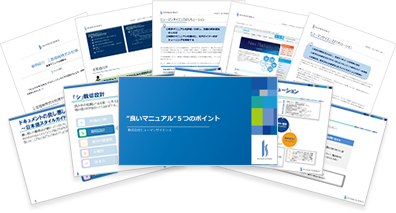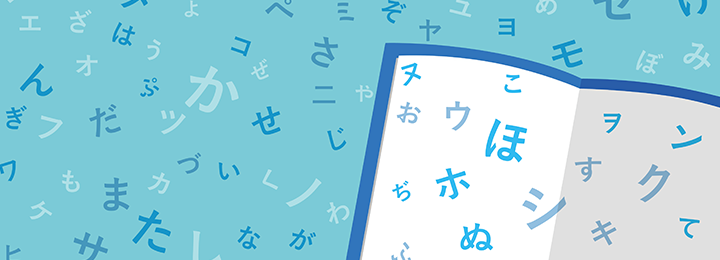
With the advancement of globalization, translation services for overseas markets have become urgent, leading to challenges such as "high translation costs," "the need for quick translations," and "complaints from local subsidiaries due to poor translation quality." Therefore, we will share tips on how to create a Japanese version that is easy to translate into multiple languages.
- Table of Contents
1. Make the writing clear and understandable
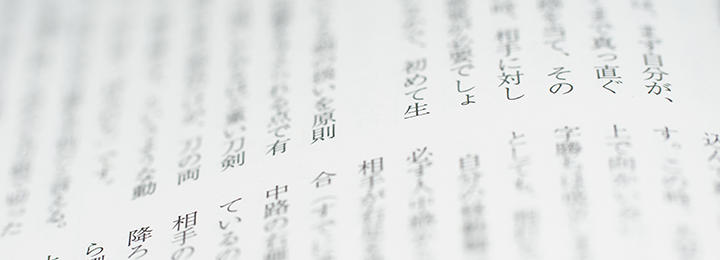
Translating ambiguous sentences as they are can lead to incorrect meanings and a decline in quality.
We will write in a clear manner to prevent translators from interpreting it in different ways.
| Example of a difficult-to-understand sentence | × | ○ |
|---|---|---|
| Redundant text | Video is a useful device, but what users must overcome is mastering the recording operation first, and then getting accustomed to the playback operation. | Video is a useful machine. To master this machine, the user must first master the recording operation. Next, they should get accustomed to the playback operation. |
| Sentences with multiple meanings | Due to insufficient memory, this application may not be able to use all of its features. It is unclear whether "all features are unavailable" or "some features are unavailable". |
Due to insufficient memory, some features of this application may become unavailable. |
| Sentences using double negatives | If you do not enter correctly, it will not function properly. | If entered correctly, it will function normally. |
| Sentences using demonstrative pronouns alone | Products will come with a label containing a serial number. This will be carried through all stages of manufacturing. | Products will come with a label containing a serial number. This serial number will be carried through all stages of manufacturing. |
2. Standardization of Terms and Expressions

If terminology and expressions are not standardized in Japanese, the translations will also be inconsistent. Additionally, the reuse rate when using translation memories like Trados will decrease, leading to increased costs.
We establish guidelines for standardizing terminology and expressions from the time of creating Japanese manuals and write accordingly.
Even for the same operation, if the way it is described in Japanese differs, inconsistencies in English will arise.
・Click the [Open] button.
・Select the [Open] button.
・Click [Open] button.
・Select [Open] button.
3. Design Focused on Japanese-English and Multilingual Translation
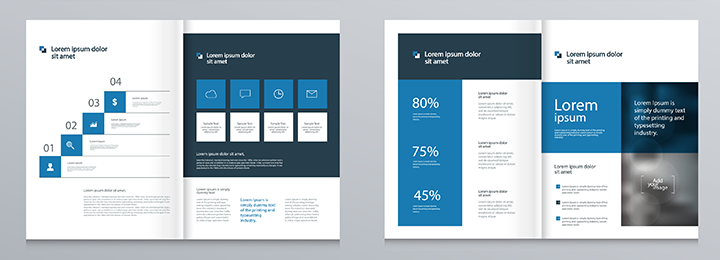
Generally, when translating Japanese into English or other languages, the character count increases.
(For Japanese to English, it increases by 20%, and for English to Russian, it increases by 40-50%)
Therefore, we create layouts with a buffer in anticipation of the increased volume after translation.
Additionally, double-byte symbols (such as circles, triangles, and numbered lists) can cause garbled text, so we avoid using them.
If these points are not considered when creating the Japanese version, it can lead to extra labor and costs in the DTP of the English and multilingual manuals.





















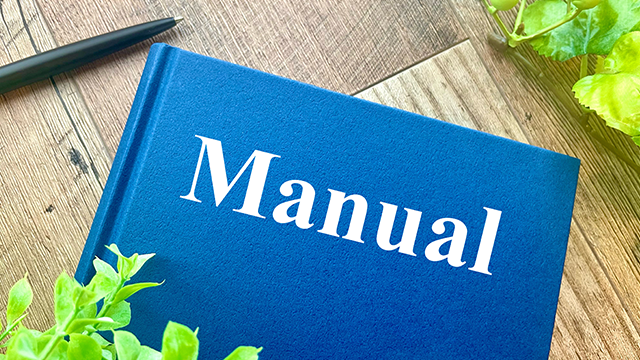





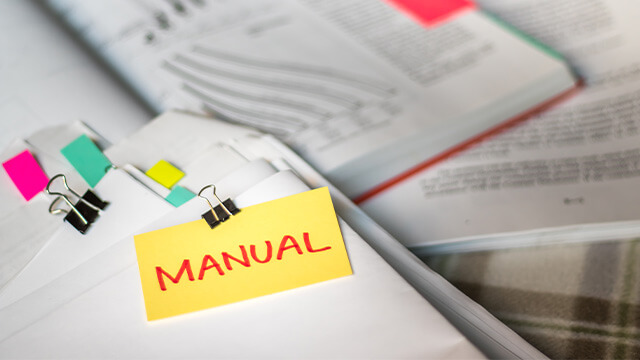
















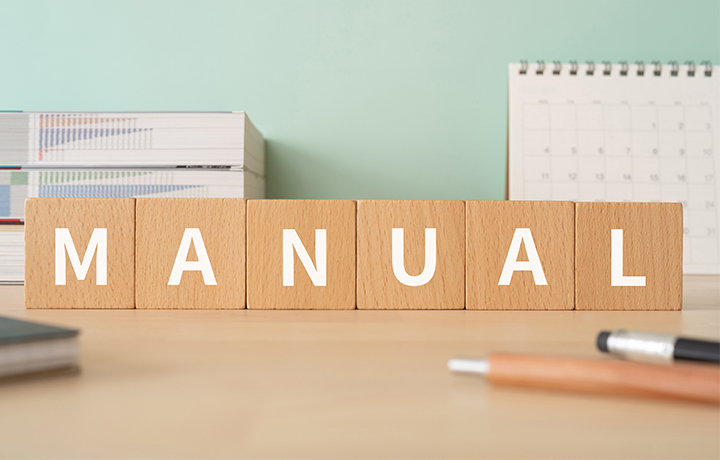





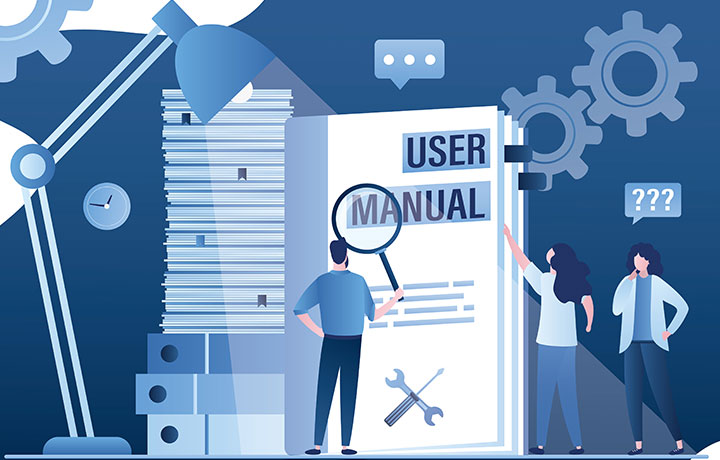



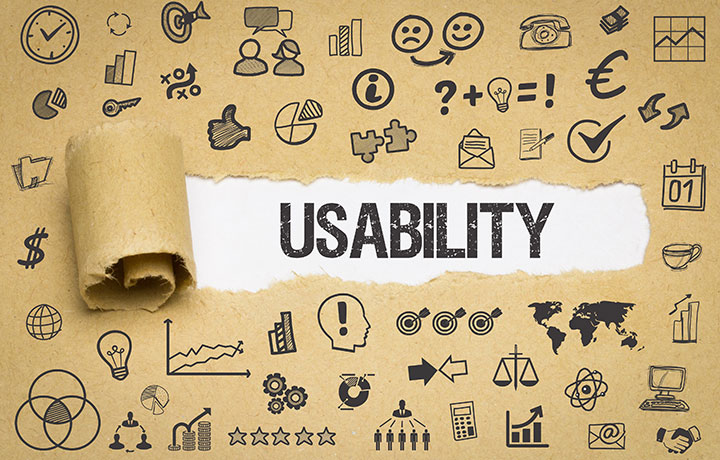



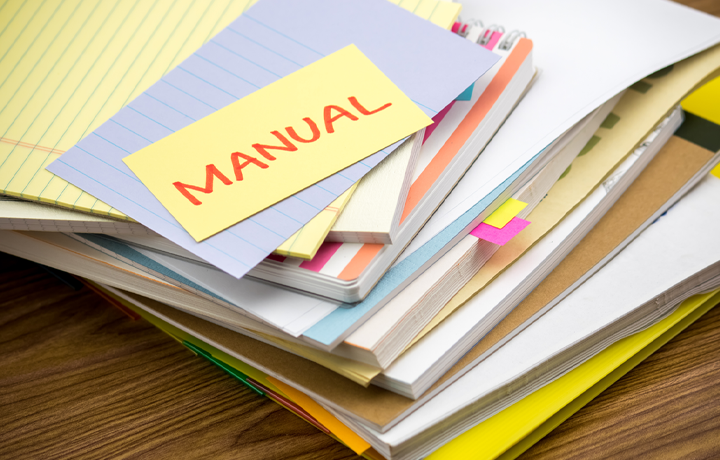
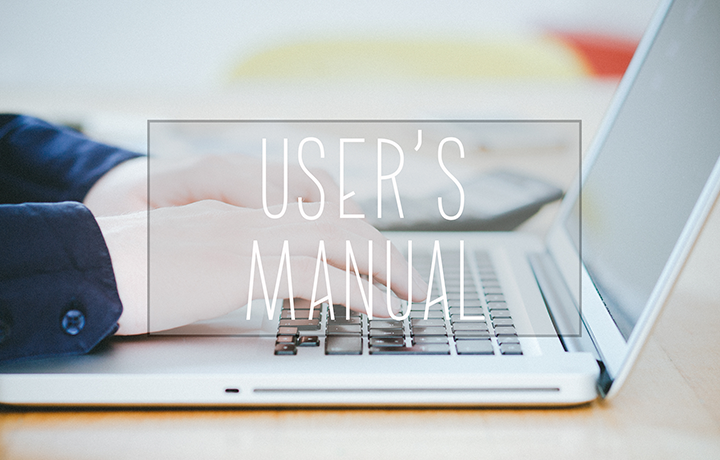











 Manual creation
Manual creation Director, Writer
Director, Writer In-house Support
In-house Support Video
Video Manual
Manual Manual Creation
Manual Creation One-Stop Service for Manual Creation
One-Stop Service for Manual Creation Manuals and Documents
Manuals and Documents